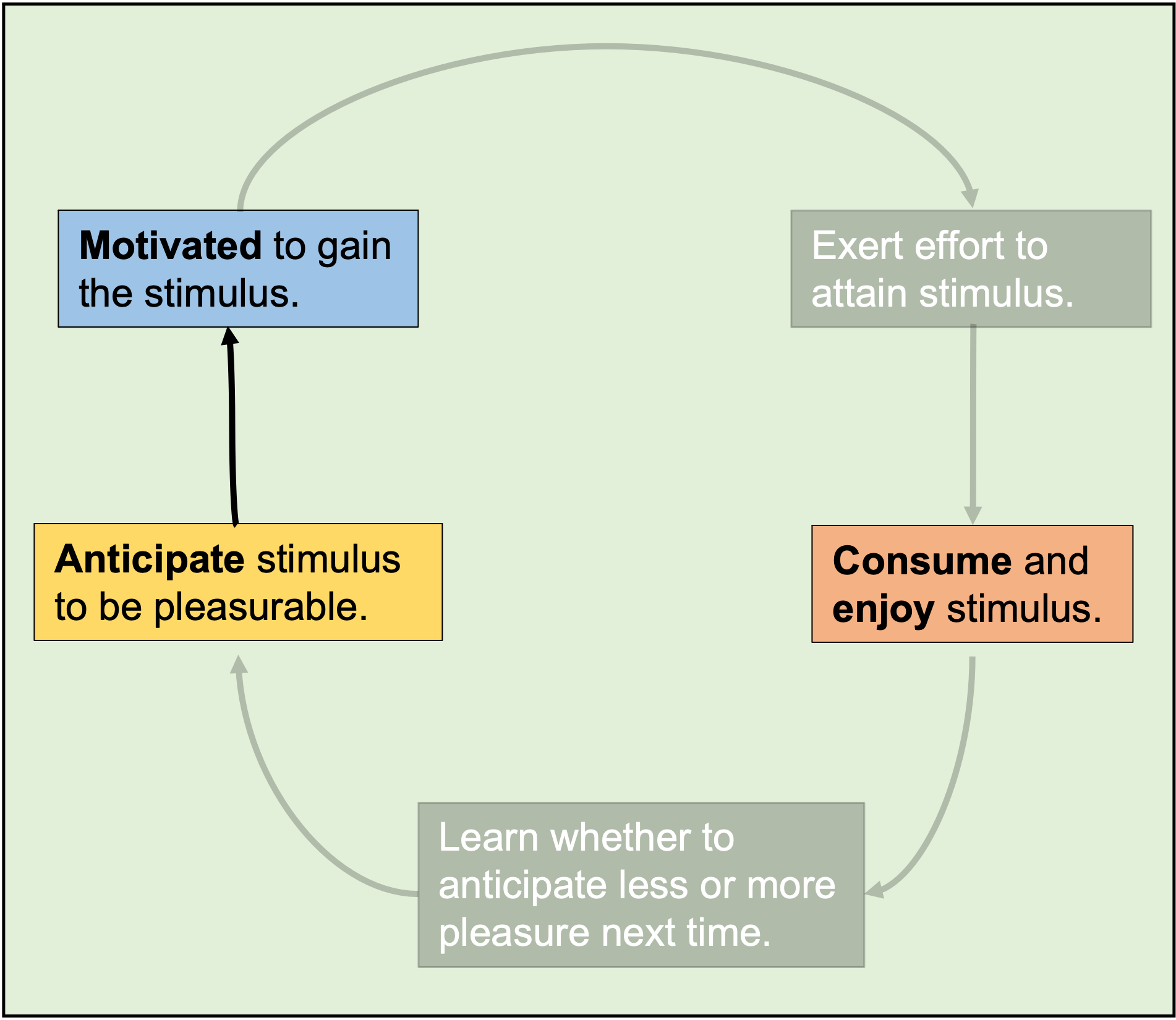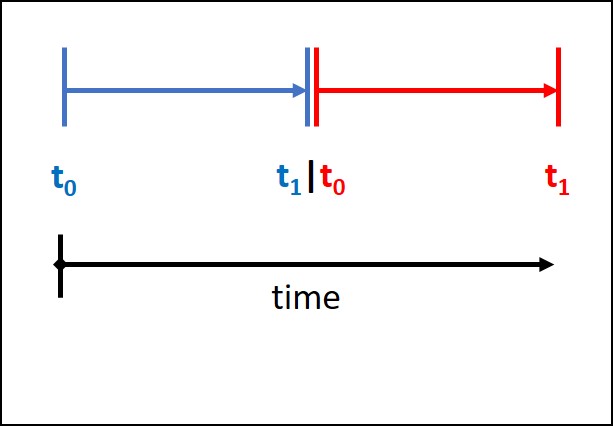Experience Sampling Methodology (ESM) Study
Contents
- Design
- Background - Recruitment
- Strategy - Issues
Design
Background
Our study is a replication of the Edwards et al. (2018) paper. It investigates the relationship between anticipatory and consummatory pleasure in the real world. Answering short questionnaires pertaining to said topics during the day means the responses are ecologically valid. This is a novel and exciting development in research as it helps us examine how clinical symptoms manifest themselves in the processing of the real world! When has this ever been done before?!
The group conducted their study in schizophrenic and healthy participants, where both groups answered short questionnaires that “beeped” 7 times a day for 6 days, on a PsyMate device. The questions are shown in Figure 1.

Figure 1: Flowchart showing the questionnaire that is repeated 7 times a day for 6 days.
Referred to as the BEEP questionnaires, as the reminders were labelled beeps.
The ‘current mood’ item contains 11 questions, all of them rated using a 1 (least) to 7 (most) Likert scale. Questions began with ‘Are you’ and included affective measures like cheerful, anxious and lonely.
The activity and social event question gave options to select from.
All of the other questions were also answered using a 1-7 Likert scale, with the exception of the ‘expectation’ question; participants were required to use a sliding scale and rate it between 0-100%.
Lastly, the gap between beeps was pseudo-randomised to be at least 45 minutes apart.
This questionnaire design captures certain elements of the Temporal Experience of Pleasure (TEP) cycle by Kring and Barch (2015) (Figure 2).

Figure 2: TEP cycle highlighting the elements the Edwards et al. (2018) study captures.
The effort exerted can’t be objectively determined using ESM, as only a subjective reponse from the participants would be a possible measure.

Figure 3: Time-lagged regression schematic. Each timepoint refers to data collected at each BEEP.
Recruitment
Strategy
The ESM study’s instructions page: SMARTPHONE_Study
During the Reading Scholars Summer Residential, me and my MSc student (Tarun Vermani) gave talks. Tarun spoke about the ESM study to the adolescent cohort after the poster presentations and encouraged them sign-up. He humanised the research, in that he stressed that the research will help to deal with the uniquely adolescent anxieties that they suffer from. I was very fortunate to have him on-board because this is a skill that I lack. For my part, I stressed the fact that this will reflect well on their personal statements, as they will be applying for universities from September ‘22. These efforts lead to around 12 sign-ups as I asked those interested can give me their email addresses.
I used the same strategy in the Bulmershe School’s talk. Here, I discussed, as I had previously done in the St. Joseph’s College talk, that I would like to develop a Youth Advisory Group, involvement in which would also look good on their personal statements. More details given on the page.
While the above methods gave us some participants, the most were recruited by Tarun. He plans to stay in contact with the NRG after he finishes his MSc in September 2022, and to continue to recruit adolescents for this study. This strategy is ideal for two reasons:
- A continuous, steady flow of participants coming in.
- If they agree to participate in a 6-day study, getting them to then do an online task and survey (~1hour) would (hopefully) be easy.
This gives us both real world and computational data for most of our recruited participants, laying the foundation for a third study.
Issues